Deck & Commander Strategies

Dwynen, Gilt-Leaf Daen
An elf tribal deck focused on generating multiple elf tokens, pumping them with +1/+1 counters, and using anthem effects to overwhelm opponents with a wide, growing board.
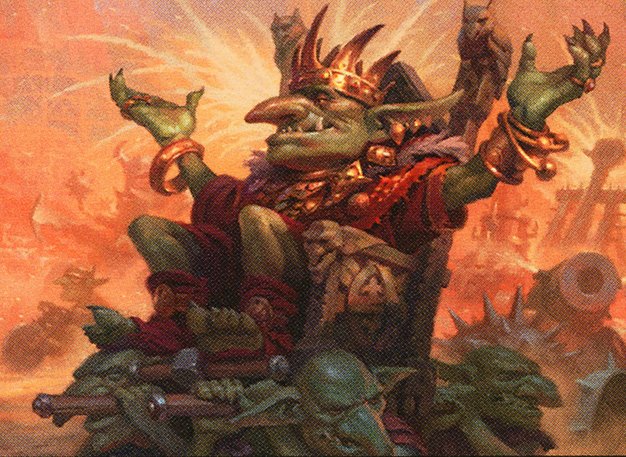
Muxus, Goblin Grandee
Goblin tribal featuring token generation and aggressive combat. Utilizes creatures like Goblin Instigator and Goblin Spy Master to flood the board and force attacks each turn.

Emperor Mihail II
A blue spellslinger and folk-themed deck that creates value by casting spells, drawing cards, and disrupting opponents by forcing them to reveal cards randomly.

Lyra Dawnbringer
Angel tribal centered around life gain and evasion. Uses life-gain triggers to create additional angel tokens and buffs angels with lifelink, flying, and first strike to control the air.
Gameplay Insights
- 1
The Goblin Spy Master's forced combat ability effectively pushed the game to a more aggressive pace, encouraging players to attack more frequently and disrupt defensive plays.
- 2
Dwynen's ability to produce extra elf tokens and put +1/+1 counters on creatures created a snowball effect that quickly grew the board state, pressuring opponents to respond.
- 3
Lyra Dawnbringer's synergy with other angels and lifegain created a resilient flying army that could stabilize against ground-based aggression while pressuring opponents from the air.
- 4
Emperor Mihail II's disruption by forcing random card reveals added psychological pressure and information advantage, which impacted opponents' decision-making.
- 5
Players balanced between attacking to trigger synergies and holding back blockers to prevent lethal damage, highlighting the tactical depth achievable even with budget decks.
Notable Cards
-
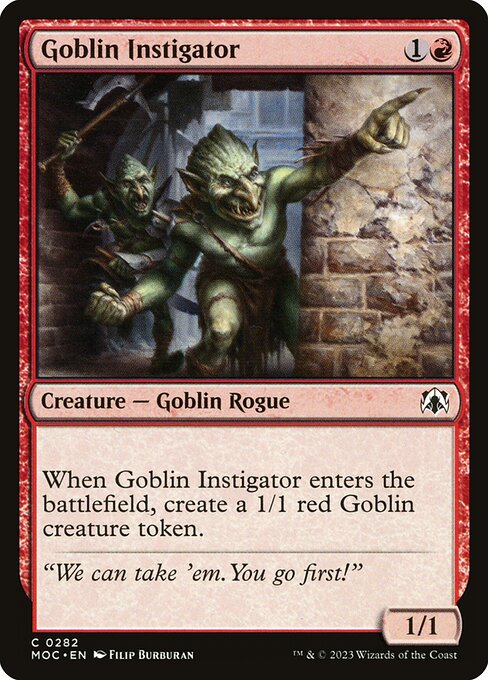
Goblin Instigator
-

Dwynen, Gilt-Leaf Daen
-
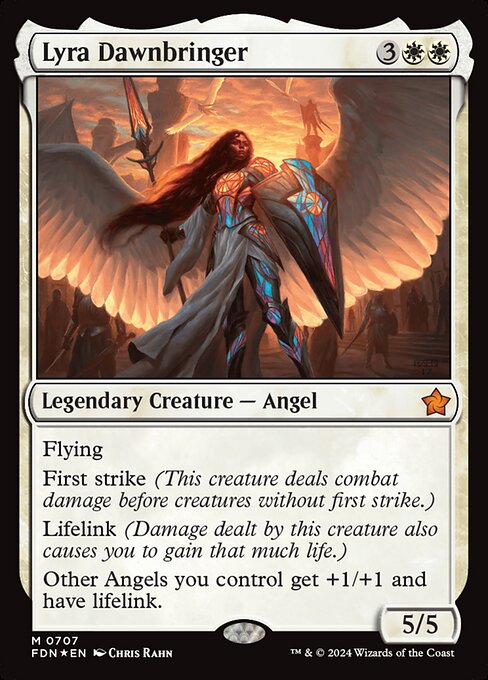
Lyra Dawnbringer
-

Angelic Accord
-
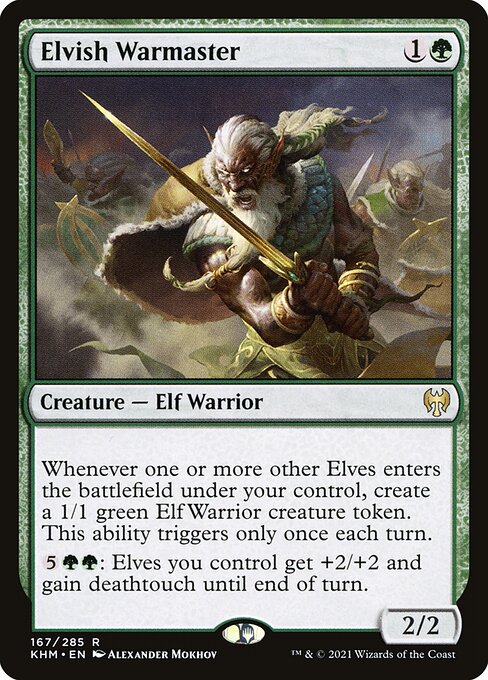
Elvish Warmaster
Gameplay Summary
The game began with each player deploying their budget mono-colored decks, focusing on thematic tribal synergies and value creatures.
Early turns saw the goblin player flooding the board with token generators and aggressive threats, while the elf deck developed a growing army enhanced by counters and anthem effects.
The angel deck steadily gained life and established a flying presence with powerful creatures that buffed each other and granted lifelink, allowing for incremental board control and survivability.
Meanwhile, the blue deck leveraged its commander to generate card advantage and disruption by forcing opponents to reveal cards at random, adding an element of unpredictability. Key turning points included the goblin player's Goblin Spy Master which forced constant combat, driving more aggressive gameplay and preventing players from sitting back.
The elf deck's ability to produce additional tokens and pump its team with counters created a formidable ground presence.
The angel player’s life-gain engine and synergy with angel spells made it a tough threat to handle, as its creatures became larger and more resilient.
The combined pressure of continuous attacks and growing board states set the stage for an intense midgame where players had to carefully decide when to block or swing to manage the mounting threats.
The game showcased how effective and fun Commander can be even with a strict $100 budget, emphasizing tribal synergies, incremental value, and smart combat decisions.



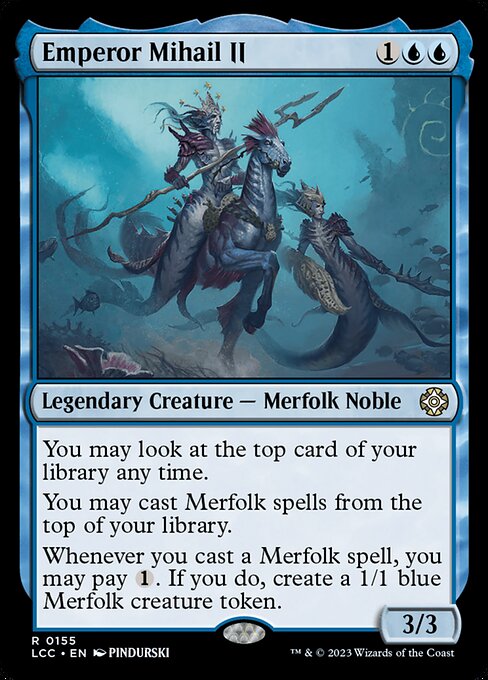


















![Commander VS S6E4: Yisan vs Reya vs Dwynen vs Laquatus [MTG] thumbnail](https://i.ytimg.com/vi/LsKqgMezr3Q/sddefault.jpg)







![Underloved Dominaria United Commanders [Commander VS 308] | Magic: the Gathering Commander Gameplay thumbnail](https://i.ytimg.com/vi/1lkH-uU0hDc/sddefault.jpg)
